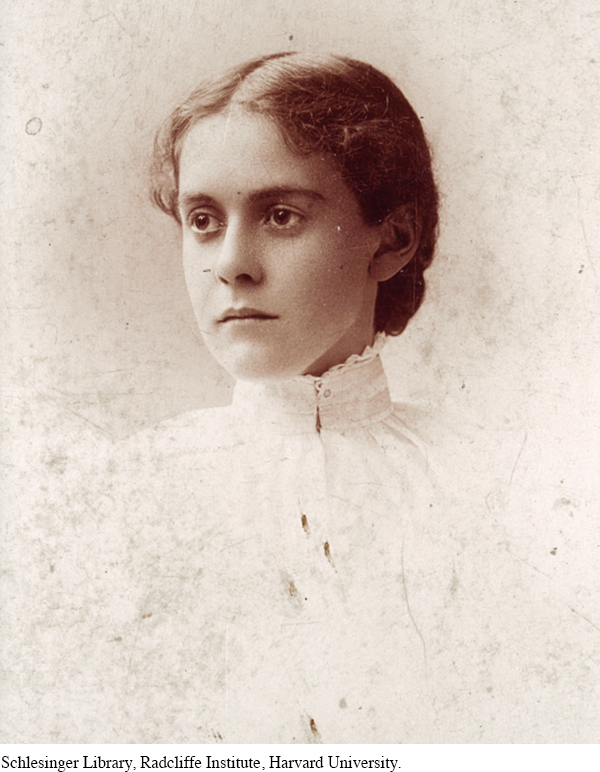The American Promise: Printed Page 590
EXPERIENCING THE AMERICAN PROMISE
The American Promise: Printed Page 590
Page 590Making the Workplace Safer: Alice Hamilton Explores the Dangerous Trades
Nothing in Alice Hamilton’s middle-
This desire to be of use prompted Hamilton to earn a medical degree at the University of Michigan and to study bacteriology in Germany and at Johns Hopkins University. In September 1897, she fulfilled a longtime dream by moving into Hull House, where she, like most of the residents, worked a day job (at Northwestern University’s Medical School) and participated in settlement activities in the evenings and on weekends. Hamilton soon focused on the area of public health, particularly the link between occupation and illness.
Through her work, Hamilton came to believe that the poor health of many immigrants resulted from unsafe conditions and noxious chemicals, especially lead dust, in the industrial workplace. Employers insisted that lead poisoning resulted from workers’ failure to wash their hands before they ate, or they blamed workers’ ill health on alcoholism, but Hamilton disagreed. As she noted, the United States was far behind Europe in the field of industrial toxicology and in the regulation of dangers in the workplace. “The employers [here] could, if they wished, shut their eyes to the dangers their workmen faced,” Hamilton observed, “for nobody held them responsible, while the workers [largely immigrants] accepted the risks with fatalistic submissiveness as part of the price one must pay for being poor.”
In 1910, at the age of thirty-
A Hungarian, thirty-
In 1911, Hamilton prepared a report making clear the connection between occupation and illness, leading to needed reforms in Illinois. In 1913, the U.S. commissioner of labor asked her to undertake a national study. “I had, as a Federal agent,” she wrote, “no right to enter any establishment—
By 1915, Hamilton had become the foremost American authority on lead poisoning and one of a handful of prominent specialists in industrial disease. When the Harvard Medical School began a program in industrial hygiene in 1916, Hamilton became the first woman invited to join the faculty. Until her retirement in 1935, she alternated a semester of teaching at Harvard with her field work “exploring the dangerous trades.” In her long retirement (she lived to be 101), she continued to blend her commitment to social justice and civil rights, political activism, and concern for the poorest workers. Hamilton died on September 22, 1970, three months before Congress passed the Occupational Safety and Health Act, institutionalizing the reforms she had fought for her whole life.

Questions for Analysis
Analyze the Evidence: What evidence persuaded Hamilton that hazardous working conditions caused illness among workers?
Recognize Viewpoints: How did the viewpoint of Hamilton toward lead poisoning compare with that of workers and employers? What accounts for the differences in viewpoints?
Ask Historical Questions: How did working as a volunteer and for government agencies contribute to Hamilton’s investigations of industrial diseases?